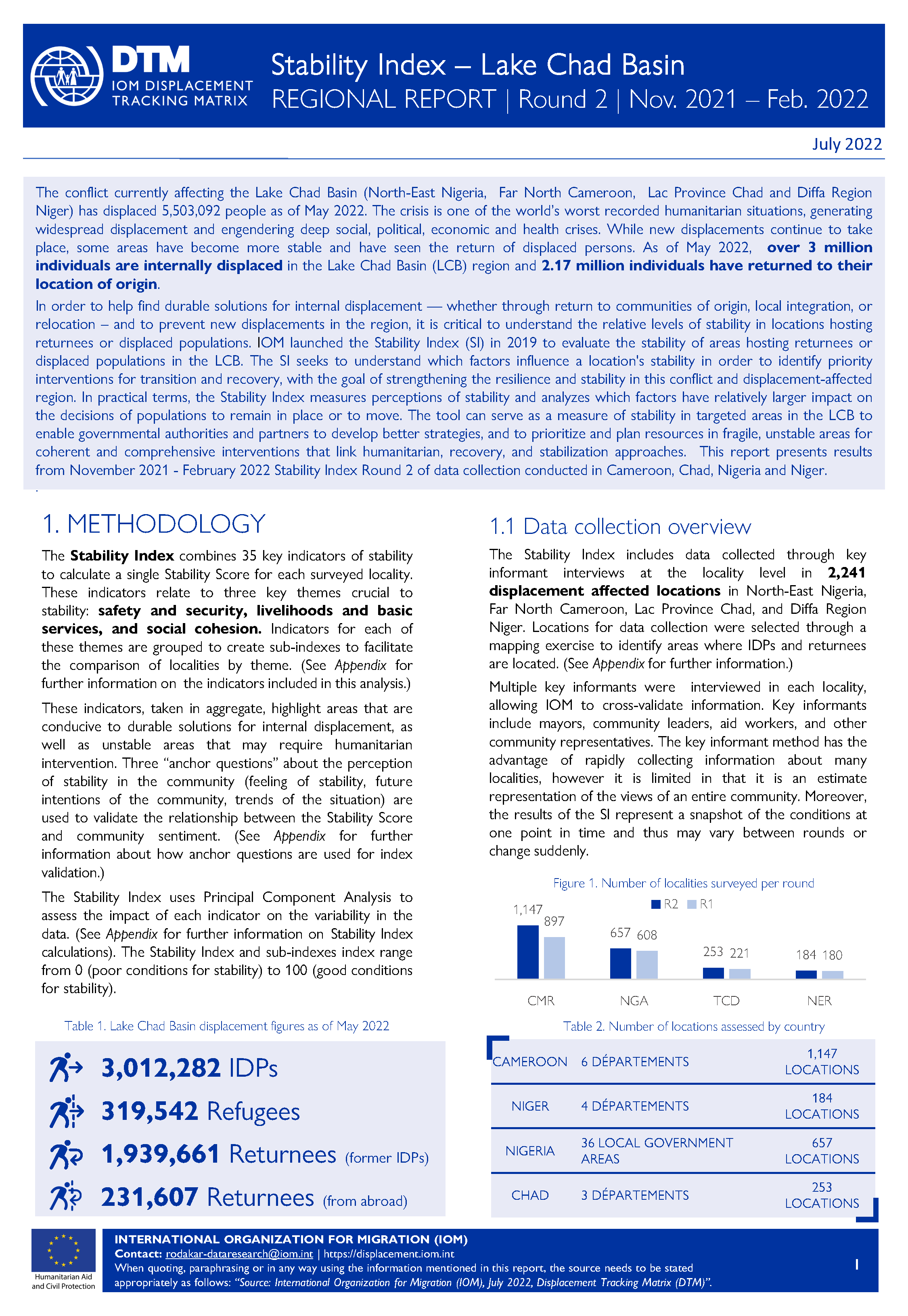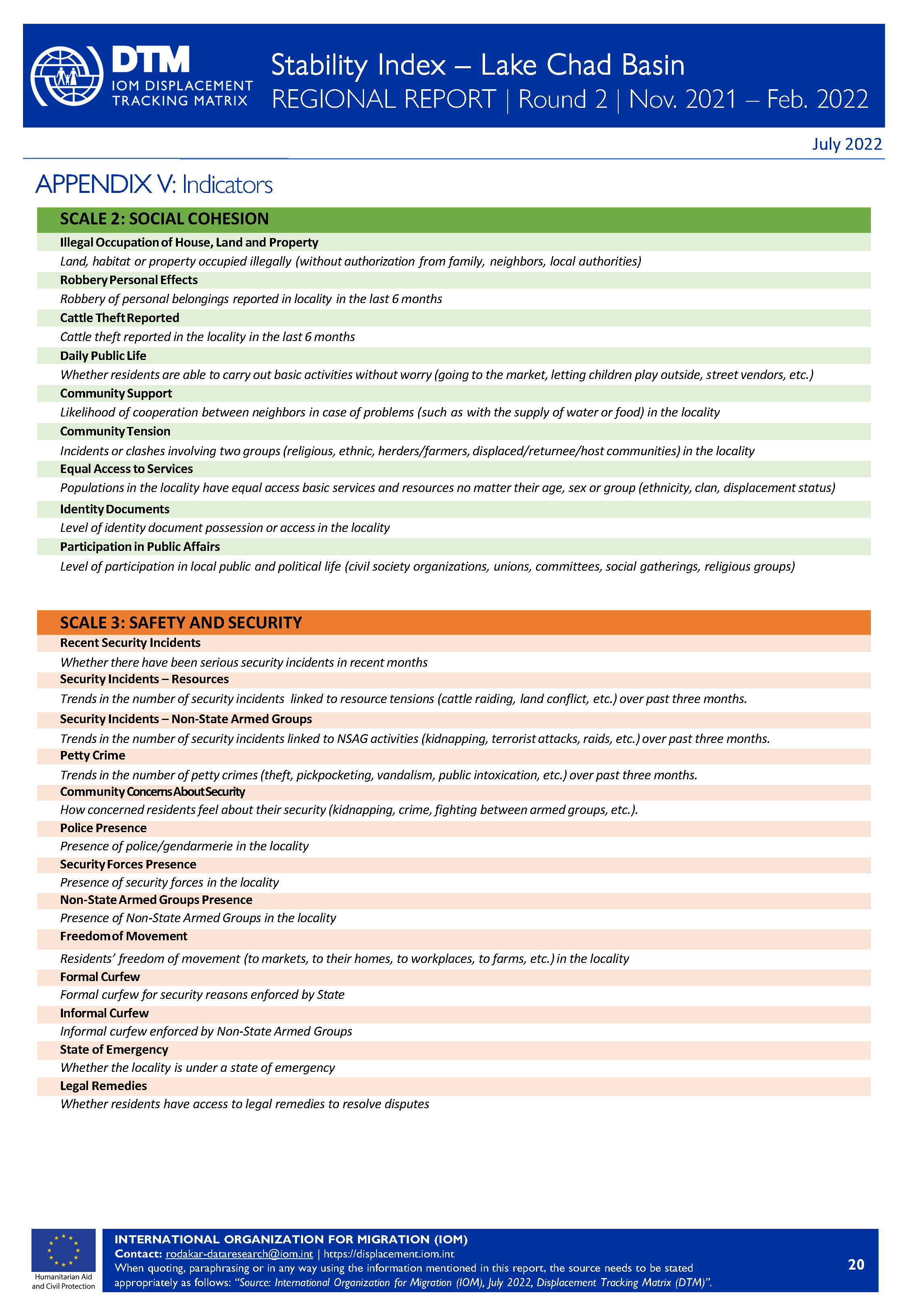Data Science For All / Women (DS4A/Women) is a free, merit-based program with a <5% admission rate, designed to help women improve data skills, connect with industry mentors, and join a diverse and skilled professional network.
In the summer of 2022, as a Data Science Fellow with the DS4A/Women program, I worked with a team of five brilliant women to map Spotify music consumption through the lens of geopolitical power, a project that was ultimately selected as one of five top projects in our cohort. My individual contributions to the project included data wrangling, socio-economic analysis and modeling, data visualization, and presenting the team’s findings.
Data visualization examples
The primary variable of interest in this analysis was the number of songs from each country that entered the top 100 charts of another country. This provides insight into countries with large influence in the international market, and helps to identify key music exporters.
To begin this analysis, the team looked at the proportion of each country’s chart-topping songs that came from artists originating in that country. We found large differences between the 33 countries included in the dataset. In this analysis, “domestic music consumption” refers to music produced by artists originating in the origin of the Top 100 chart. “International music consumption” refers to to music produced by artists originating from any country other than the origin of the Top 100 chart.
In the US, 80% of the music that makes it to the Top 100 charts on Spotify comes from domestic artists. France, Italy, Germany, and Brazil also heavily favored local music.
On the other end of the spectrum, less than 1% of the top 100 charts in Costa Rica were from local artists.
On Average, 29% of the chart toppers in these countries came from domestic artists
A key component of our analysis was assessing the relationship between a country’s economic power (here measured in per capita GDP) and musical influence, which can be interpreted as an indicator of soft power.
Mapping GDP per capita against chart toppers per capita, we see a general positive correlation with a few notable outliers.
Puerto Rico - Low GDP per capita and a high number of chart-toppers per capita
Norway - High GDP per capita, paired with a high number of chart-toppers per capita
Monaco - High GDP per capita, but a low number of chart-toppers per capita
United States - The US is less influential than expected when the number of chart-topping songs is adjusted for population size. By the raw number of chart-topping songs, the US is the most influential by a large margin.
Looking at the distribution of chart-topping songs by the artist’s country of origin, we see notable differences depending on whether we are looking at the raw number of songs that make the charts internationally, or whether we look at the number of songs per capita. When looking at the raw number of songs, the US tops the charts by a large margin, with by far the most number of songs by US artists making the charts internationally, followed by populous Western European countries like the UK, Germany, and France.
However, when adjusting for population size, a different trend emerges. Puerto Rico has an outsized influence on the international charts by population size, with over 1,600 chart-toppers per million residents, more than doubling Norway’s influence, with about 600 chart toppers per 1m population. This group of influencers per capita heavily features Latin American and Northern European countries.
































